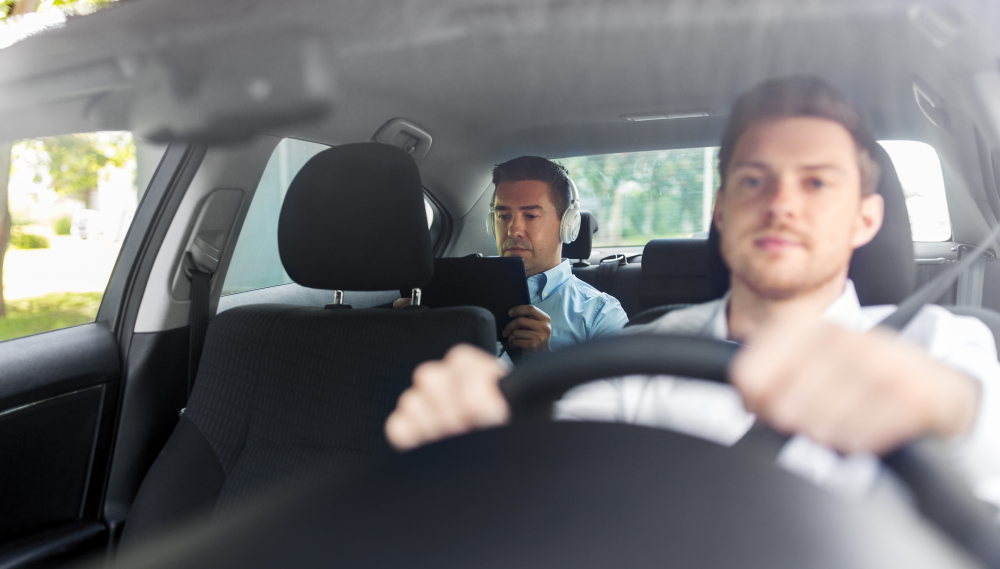
4 Tips for Staying Safe While Transporting Passengers
What advice does NIOSH provide on preventing violence as a driver?
- By Alex Saurman
- Jul 05, 2023
If your job involves hitting the road and picking up passengers, chances are, you’re aware of all the risks just one ride can bring, including violence.
From 2003 to 2013, taxi and limousine drivers suffered violent deaths at a rate of 7.8 per 100,000 workers, or a total of 366 deaths in the time frame, according to research published in the Journal of Occupational and Environmental Medicine. The motive behind 200 of the deaths was robbery, and an unknown but intentional motive resulted in 115 deaths.
Although these statistics reflect the dark reality and dangers of the job, limousine, bus, taxi or rideshare drivers can take steps to protect themselves. Let’s look at what the National Institute for Occupational Safety and Health (NIOSH) has to say in its Fast Facts for Taxi Drivers titled “How to Prevent Robbery and Violence.”
Install Barriers
Since most riders sit in the back seat, a barrier between the front and back of the vehicle may be a smart option. Drivers and employers can explore various barrier options, such as bullet-proof barriers, as 299 taxi and limousine driver deaths from 2003 to 2013 involved firearms.
Invest in Technology
As technology changes, so do the ways it can be used to keep all workers safe, including drivers. Using cameras allows the driver to record what happens in the vehicle and, depending on the employer or company, may give security workers the ability to frequently check in.
Silent alarms are a valuable tool that can be utilized when something goes wrong. These lights live on the outside of the vehicle, sometimes on the front or back or on the taxi cab sign itself. When activated, a light, sign or other type of silent alarm lets others know the driver is in danger.
GPS can help others easily find a driver or a vehicle when necessary. In addition, if using a cell phone or similar technology, drivers may be able to share their location or ride with friends and family, providing another tool for locating them or their vehicle.
Utilize Communications and a System of Check-Ins
Most drivers perform their jobs alone. Establishing a simple communication or check-in schedule may help others quickly learn about concerns. If a driver who consistently follows the communication schedule can’t be reached, it may indicate that they are in danger, allowing others to respond immediately.
Post Signage
With robberies being the number one motive of violent taxi and limousine driver deaths for 11 years, some drivers may want to consider adding signs that indicate the driver carries minimal to no cash or that the ride is being recorded by a camera.
Read OH&S’ article on taxi driver safety tips for preventing robberies and violence for more information.
About the Author
Alex Saurman is a former Content Editor for Occupational Health & Safety,who has since joined OH&S’s client services team. She continues to work closely with OH&S’s editorial team and contributes to the magazine.